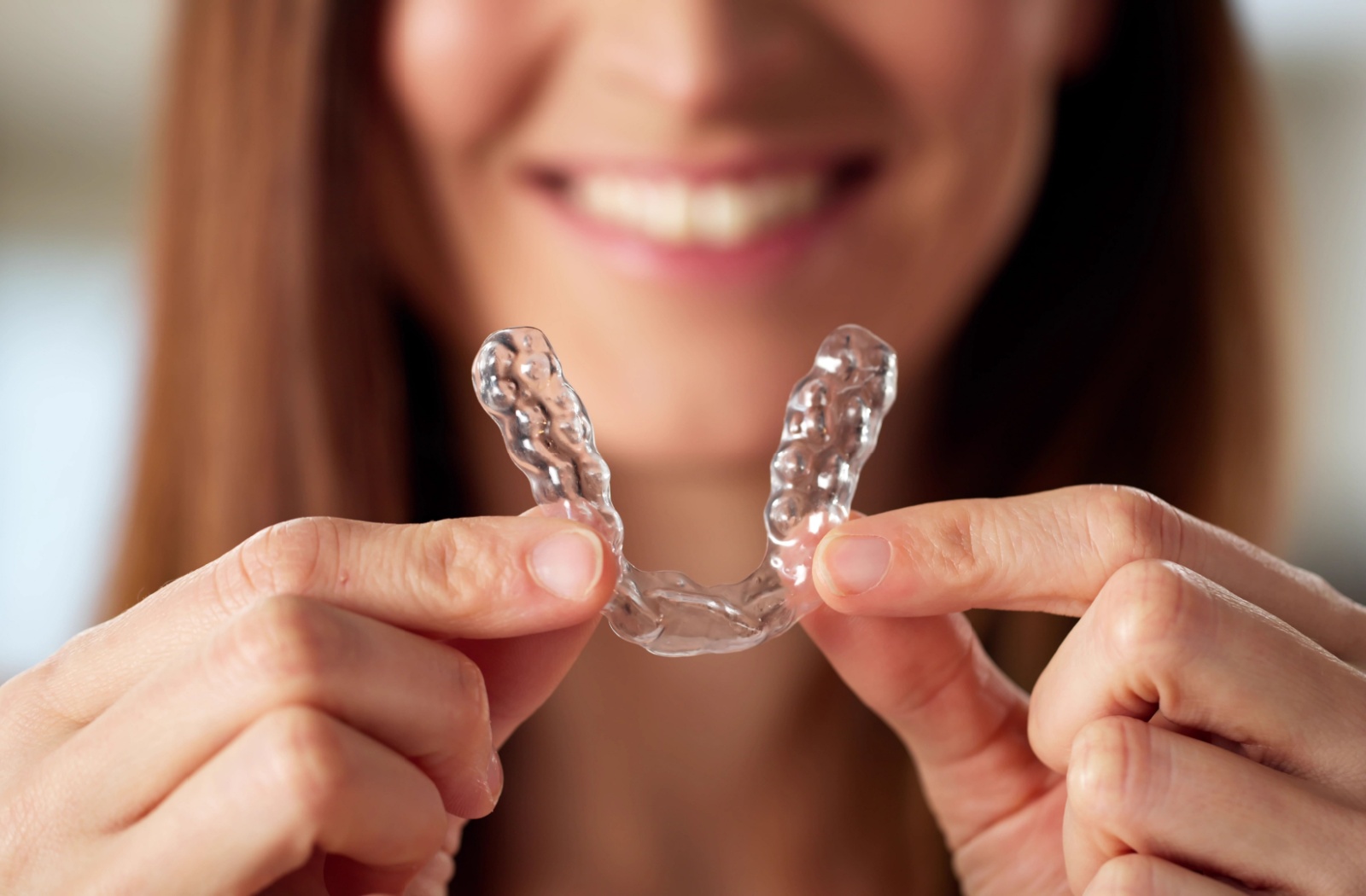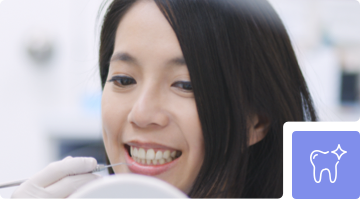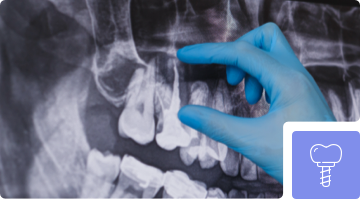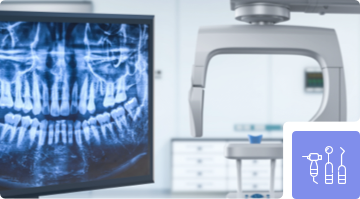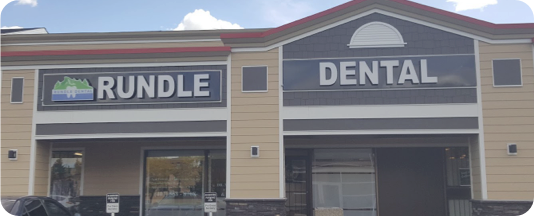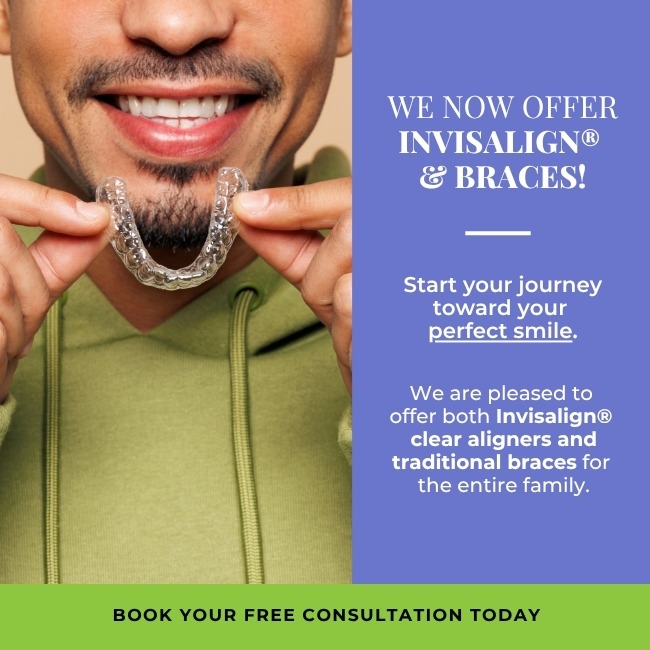You want a straighter smile, but the choice between Invisalign and traditional braces has you confused. Each approach has its own advantages, and what’s right for one person might not be right for another.
The “better” option is the one that best suits your specific dental needs, lifestyle, and personal preferences. Both treatments can effectively straighten teeth, but they get you there in different ways. The decision comes down to your situation and what you value most in your orthodontic journey.
At Rundle Dental, we can help break down the key differences to help you see which option fits your life and smile goals.
A Look at How Each Option Works
Both Invisalign and braces shift your teeth into a better position over time, but they use different tools to get the job done.
How Braces Straighten Your Teeth
Braces use small brackets attached to each tooth. A thin wire connects the brackets, which use gentle, consistent pressure to guide your teeth into proper alignment. Braces are a fixed option—you don’t take them out until your treatment is complete.
How Invisalign Aligns Your Smile
Invisalign uses a series of clear, custom-made aligners to shift your teeth. You wear each set of these plastic trays for about one to two weeks before moving to the next one in the series. These aligners are removable, so you take them out to eat, drink, brush, and floss.
The Pros & Cons of Invisalign
Invisalign is a popular choice for its subtle look, but it comes with its own set of responsibilities. It’s important to look at both the good and the not-so-good parts.
The Upsides of Invisalign
- A Discreet Look: The aligners are clear and virtually invisible, so most people won’t notice you’re wearing them.
- Eat What You Want: You remove the aligners for meals, so there are no food restrictions.
- Simple Oral Hygiene: With the trays out, you can brush and floss your teeth just as you normally would, making it easier to follow a proper oral hygiene routine.
- Comfort: The smooth plastic trays are often more comfortable than metal brackets, with less irritation to your cheeks and gums.
What Are the Downsides of Invisalign?
- Discipline Is a Must: You need to wear your aligners for 20 to 22 hours a day. Forgetting to put them back in can slow down your progress.
- The Inconvenience Factor: Taking aligners out for every meal or drink—besides water—and brushing your teeth before putting them back in can be a hassle.
- Not for Every Case: Braces are often better suited for some complex alignment issues or significant malocclusion (bite problems).
- Attachments May Be Needed: Some people need small, tooth-coloured buttons bonded to their teeth to help the aligners grip and move teeth effectively. These can make the aligners more noticeable.
The Pros & Cons of Braces
Traditional braces are a time-tested method for straightening teeth. They have a long history of success, especially for more complicated dental needs.
The Upsides of Braces
- Handles Complex Issues: Braces have the force needed to correct severe crowding, gaps, and complex bite problems, making them a cornerstone of modern orthodontic treatment.
- Always at Work: Since they are fixed to your teeth, braces work around the clock to straighten your smile. You don’t have to remember to wear them.
- Different Styles Available: You can choose from traditional metal or less noticeable options like ceramic braces that blend in with your tooth colour.
The Downsides of Braces
- More Noticeable: Even clear braces are more visible than Invisalign aligners.
- Cleaning Takes More Effort: Brushing and flossing around brackets and wires requires extra time and special tools to prevent the buildup of sticky dental plaque.
- Food Restrictions: You’ll need to avoid hard, sticky, or chewy foods that can damage the brackets or wires.
- More Office Visits: Braces typically require more frequent trips to the dentist for adjustments.

Compare Key Factors: Invisalign & Braces
When you put them side-by-side, it’s easier to see how each treatment might impact your daily life.
Appearance & Comfort
Your comfort is a big part of the experience. Invisalign’s smooth aligners generally cause less irritation than the metal brackets of braces, which can sometimes rub against the inside of your mouth. When it comes to looks, many people prefer Invisalign for being less noticeable.
Daily Life & Hygiene
With braces, your main job is to keep them clean and avoid certain foods. With Invisalign, you have more freedom with your diet, but you also have the responsibility of wearing your aligners enough and keeping them—and your teeth—clean after every meal.
Treatment Time & Effectiveness
How long your treatment takes depends on your specific needs. For simpler cases, Invisalign can sometimes be faster than braces. However, for more complex tooth movements, braces may be more effective.
Cost of Treatment in Canada
The cost for both Invisalign and braces can be similar, though it depends on your specific case and how long your treatment will last. Many insurance plans may cover a portion of the cost, and at Rundle Dental, we also proudly accept the Canadian Dental Care Plan (CDCP). The best way to understand the expense is to pay us a visit and let us outline the options for your budget.
Choose the Right Path for Your Smile
The choice between Invisalign and braces is personal. There is no single “better” option—just the one that is better for you. Think about what matters most to you in your daily life and what results you want to achieve.
The first step is to get a professional opinion. A comprehensive dental exam and assessment at a Calgary NE dental clinic can help you understand your orthodontic needs and which treatment may give you the best results.
What to Consider for Your Decision
- Your daily routine and personal discipline
- Your budget and insurance coverage
- The complexity of your dental needs
- How you feel about the appearance of your treatment
The right choice for your smile is a personal journey, and you don’t have to make it alone. Our team at Rundle Dental is here to answer your questions and help you explore the options in a comfortable setting. We can help you find a path to a straighter smile that works for your life.
If you’re ready to take the next step, contact us today. We offer easy booking, flexible hours seven days a week, and services in multiple languages to make your care simple and accessible. Let’s talk about your smile goals today.

